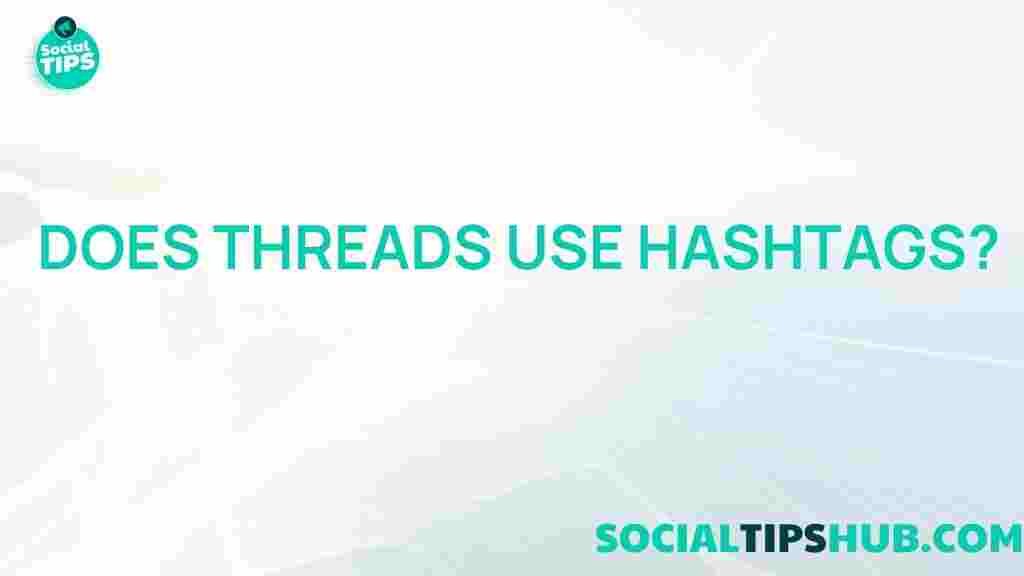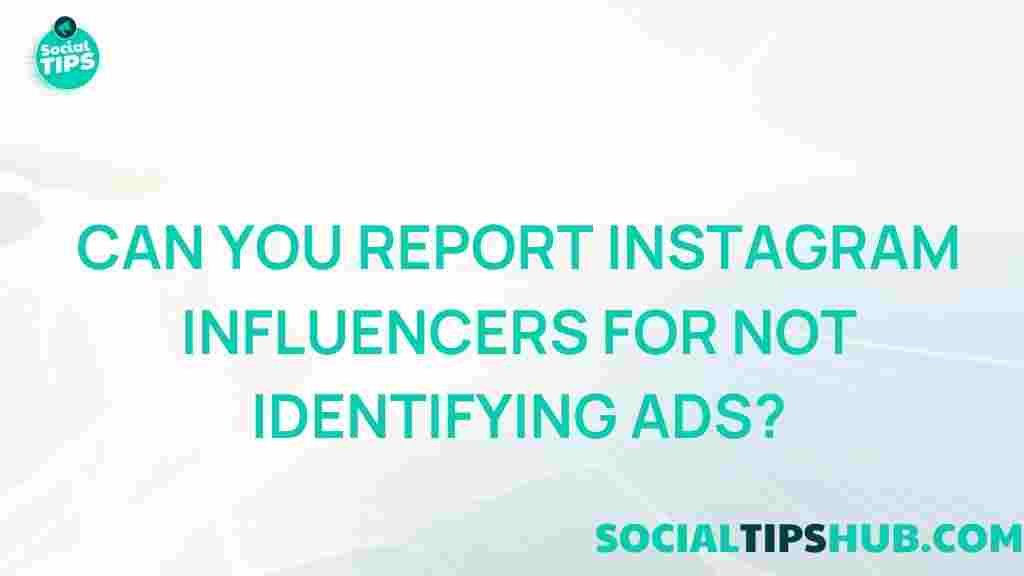Unveiling the Mystery: Is There a Twitter War Brewing?
In recent weeks, the social media platform Twitter has been the center of heated discussions and speculation. Many users are left wondering: Is there a Twitter war brewing? With changing policies, user conflicts, and notable tweets stirring controversy, the landscape of Twitter appears more turbulent than ever. This article aims to explore the current situation, analyze potential conflicts, and provide insights into what this means for Twitter users and the platform itself.
The Current Landscape of Twitter
To understand the potential for conflict on Twitter, it’s crucial to assess the platform’s current environment. Twitter, known for its real-time communication and broad reach, has always been a space for debate and discussion. However, recent developments have sparked concerns among users and analysts alike.
- Changes in Policies: Twitter has made several policy updates that some users view as controversial.
- User Conflicts: High-profile users are increasingly clashing on the platform, often leading to heated exchanges.
- Account Suspensions: The platform’s approach to moderation has drawn criticism, with some claiming it silences dissenting voices.
What Factors Contribute to the Potential Twitter War?
Several factors contribute to the brewing tension on Twitter. Understanding these elements is essential for grasping the potential conflicts that may arise.
- Political Climate: The political discourse on Twitter is often polarized, with users fiercely defending their views.
- Corporate Influence: As major corporations increasingly use Twitter for marketing, their impact on discourse raises concerns.
- Algorithm Changes: Alterations in how tweets are promoted can lead to user frustration and discord.
The Role of Influencers and Key Figures
Influencers and prominent figures wield significant power on Twitter. Their actions and words can either soothe tensions or ignite flames of conflict. Consider the following:
- Influencer Opinions: When influencers voice strong opinions, their followers often engage, leading to escalated debates.
- High-Profile Feuds: Disagreements between well-known figures can result in widespread media coverage, drawing in more users.
- Mobilizing Movements: Influencers can rally followers around causes, sometimes leading to clashes with opposing groups.
Step-by-Step Analysis of Potential Conflict on Twitter
To better understand if a Twitter war is indeed brewing, we can analyze the situation step-by-step:
Step 1: Monitoring Trends
Keeping an eye on trending topics can provide insight into areas of conflict. Using Twitter’s trending section, users can identify:
- Hashtags that are gaining traction.
- Recurring themes in tweets.
- The general sentiment surrounding various topics.
Step 2: Engaging with Diverse Perspectives
Engaging with users who hold differing viewpoints can help illuminate potential conflicts. This can be done by:
- Participating in discussions.
- Following accounts with varying opinions.
- Reading replies to controversial tweets.
Step 3: Analyzing User Reactions
Observing how users react to certain tweets or events can signal brewing conflicts. Notable indicators include:
- Increase in aggressive language.
- Calls for boycotts or movements.
- Reports of harassment or doxxing.
Troubleshooting Twitter Conflicts
If you find yourself embroiled in a Twitter conflict or simply want to navigate the platform’s turbulent waters more effectively, consider these troubleshooting tips:
- Use Mute and Block Features: If a conversation becomes too heated, don’t hesitate to mute or block users.
- Take Breaks: Stepping away from Twitter for a while can help clear your mind and reduce stress.
- Report Abusive Behavior: If you encounter harassment, report it to Twitter to help maintain a healthier environment.
The Future of Twitter: What Lies Ahead?
The future of Twitter remains uncertain as users continue to voice concerns about the platform. However, understanding the dynamics at play can help users navigate the potential for conflict. Here are a few possibilities for the future:
- Increased Polarization: If current trends continue, we may see even more divisive discourse on the platform.
- Policy Changes: Twitter may respond to user feedback by adjusting its policies, potentially easing tensions.
- New Features: Implementing features that promote civil discourse could help mitigate conflicts.
Conclusion
As we delve into the question of whether a Twitter war is brewing, it’s essential to recognize the multifaceted nature of the platform. The interplay of user interactions, political discourse, and corporate influences creates a complex environment where conflicts can easily arise. By staying informed and engaging thoughtfully, users can contribute to a healthier Twitter ecosystem. Remember, the key to navigating potential conflicts lies in understanding the underlying issues and engaging constructively.
For more insights into social media dynamics, you can visit this Social Media Examiner article. To stay updated on Twitter’s latest developments, be sure to check back frequently!
This article is in the category News and created by SociaTips Team






